In our daily lives, we often hear discussions about environmental conservation and water resource management. A term that frequently arises in these discussions is “effluent water” or simply “effluent.” So, what is effluent water, and why should we care about it?
Defining effluent water
Effluent water, also known as sewage or wastewater, refers to liquid waste discharged into the environment from various sources. These sources can include industrial processes, sewage treatment plants, agricultural activities, and urban drainage systems. Effluent water can contain a variety of pollutants, such as chemicals, organic matter, suspended solids, microorganisms, and heavy metals, depending on its source and characteristics.
Sources of effluent water
Here are some common sources of effluent water:
- Industrial Processes: Industrial facilities often generate effluent water as a byproduct of their production activities. This wastewater may contain chemicals, waste products, and hazardous substances associated with manufacturing processes.
- Sewage Treatment Plants: Cities and towns typically have sewage treatment plants that process wastewater from residential and commercial sources. After appropriate treatment, sewage treatment plants release effluent water into natural water bodies.
- Agricultural Activities: Effluent water in agriculture can result from irrigation, pesticide and fertilizer use, and may contain pesticide residues and nutrient materials.
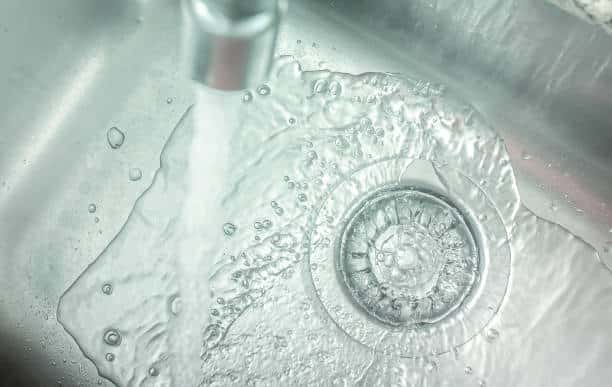
Has effluent water been treated?
Whether effluent water has been treated or not depends on the specific context and the source of the effluent water. Effluent water can undergo various treatment processes to remove contaminants and improve its quality before being discharged into the environment or a receiving water body. However, not all effluent water receives treatment, and the level of treatment can vary significantly.
Here are some common scenarios related to the treatment of effluent water:
- Sewage Treatment Plants: Municipal sewage treatment plants are designed to treat wastewater from residential and commercial sources. These plants typically employ various treatment steps, including physical, chemical, and biological processes, to purify the effluent water before it is released into natural water bodies. In this case, effluent water is indeed treated.
- Industrial Effluent: Effluent water generated by industrial processes may or may not be treated. Many industrial facilities have their own wastewater treatment systems to meet environmental regulations and reduce the impact of their discharges. However, the level of treatment can vary from one facility to another.
- Agricultural Runoff: Effluent water resulting from agricultural activities, such as irrigation, may not undergo treatment. Agricultural runoff can carry fertilizers, pesticides, and sediment into natural water bodies, potentially affecting water quality.
- Stormwater Runoff: Stormwater runoff from urban areas often contains pollutants such as oil, chemicals, and debris. While it may undergo some form of treatment through stormwater management systems, the level of treatment can vary widely.
- Direct Discharge: In some cases, effluent water is directly discharged into the environment without treatment. This can occur in situations where regulations are less stringent, or in areas with limited infrastructure for wastewater treatment.
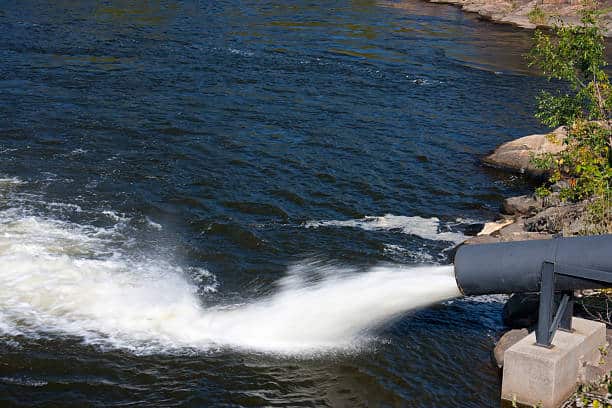
In summary, whether effluent water has been treated depends on the source and local regulations. Effluent water from sewage treatment plants and some industrial processes typically undergoes treatment to meet quality standards and protect the environment. However, there are situations where effluent water may not receive adequate treatment, potentially leading to environmental and health concerns. Responsible effluent water management and compliance with regulations are essential to ensure that effluent water is treated appropriately to minimize its impact on the environment.
Where does effluent water go for disposal?
Effluent water disposal methods can vary depending on its source, treatment, and local regulations. Effluent water is typically disposed of in one of the following ways:
- Natural Water Bodies: In many cases, treated effluent water is discharged into natural water bodies, such as rivers, lakes, or oceans. This is a common practice for municipal sewage treatment plants and some industrial facilities after they have treated the effluent to meet regulatory standards. Discharging treated effluent into natural water bodies allows it to mix with larger volumes of water and undergo further dilution and natural purification.
- Land Application: In some instances, treated effluent water can be used for land irrigation or other non-potable purposes. This is especially common in agricultural areas, where treated effluent water can provide valuable nutrients for crops. However, it’s essential to ensure that the effluent water is appropriately treated to avoid contaminating the soil or crops.
- Recharge to Groundwater: In certain regions, treated effluent water may be intentionally recharged into groundwater aquifers. This method can help replenish underground water resources. However, strict quality standards and monitoring are necessary to prevent groundwater contamination.
- Recycling and Reuse: Treated effluent water can be recycled and reused for various non-potable purposes, such as industrial processes, cooling, or irrigation. This approach conserves freshwater resources and reduces the demand for potable water.
- Sewer Systems: In urban areas with extensive sewer systems, treated effluent water may be discharged into the sewer system and mixed with other wastewater for further treatment at a sewage treatment plant.
- Direct Discharge: In some cases, untreated or partially treated effluent water may be directly discharged into the environment. This is generally less common and may occur in areas with limited infrastructure or less stringent regulations.
Effluent water disposal methods are typically regulated by local environmental authorities to ensure that they meet water quality standards and protect public health and the environment. The specific disposal method chosen depends on the treatment level, the intended use of the effluent water, and local regulations aimed at minimizing the environmental impact of wastewater disposal.
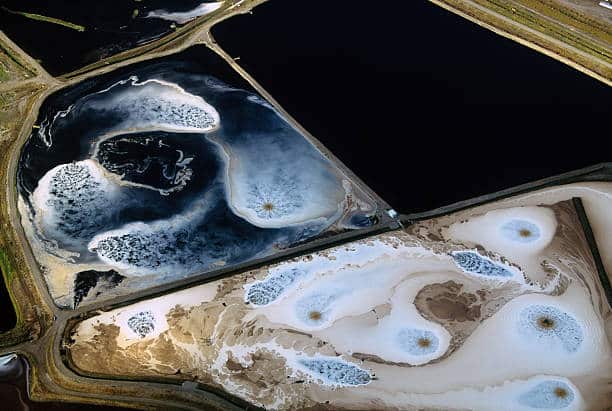
Effluent water management
Effluent water management is crucial for protecting the environment and water resources. Effluent water must be properly collected, treated, and disposed of to ensure it does not harm ecosystems or human health. Effluent water treatment typically involves the following steps:
Collection: Effluent water is collected from its sources and transported to treatment facilities.
Physical Treatment: Physical treatment involves the use of physical processes to remove solid particles, suspended solids, and other large-sized pollutants from wastewater. Common physical treatment methods include:
- Screening and Filtration: Wastewater is passed through screens(coarse screen) or filters to remove larger materials such as leaves, paper, and plastic.
- Settling: Wastewater is allowed to sit in a settling tank, enabling heavier particles to settle at the bottom, and then the clear water can be extracted.
- Clarifiers: Clarifiers slow down the flow of water, allowing fine suspended particles to settle, producing clear water.
- Centrifugal Separation: Wastewater is spun in a centrifuge to separate heavy solids.
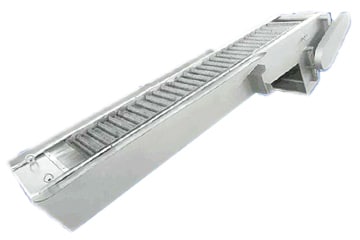
Chemical Treatment: Chemical treatment involves the addition of chemical reagents to remove dissolved pollutants, heavy metals, and organic compounds from wastewater. Common chemical treatment methods include:
- Coagulation/Flocculation: Adding coagulants, such as aluminum sulfate, to encourage the aggregation of fine suspended particles into larger flocs that are easier to settle and remove.
- Precipitation: Adding precipitants like iron hydroxide or lime to cause metal ions to precipitate as solid particles.
- Oxidation: Using oxidants like hydrogen peroxide or ozone(ozone generator) to break down or oxidize organic compounds and other recalcitrant pollutants.
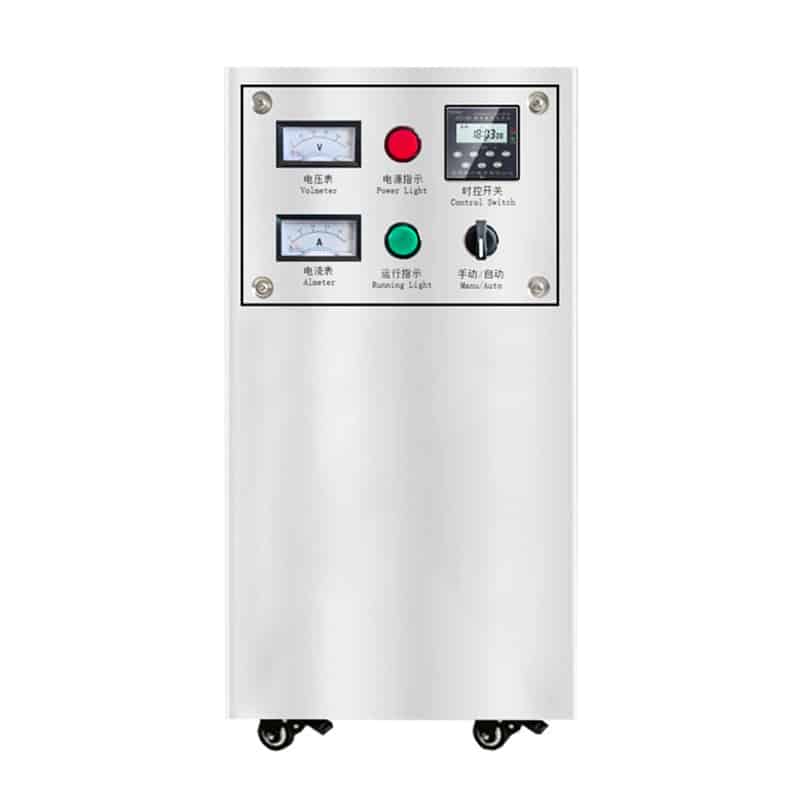
Biological Treatment: Biological treatment involves the use of microorganisms to biologically degrade organic matter, converting pollutants in wastewater into stable and harmless byproducts. Biological treatment typically includes the following steps:
- Aerobic Biological Treatment: In an oxygen-rich environment, aerobic bacteria are used to break down organic matter, producing carbon dioxide, water, and biomass. During aeration(roots blower), oxygen is injected into the wastewater through bubbles or mechanical devices to promote the growth and activity of aerobic bacteria.
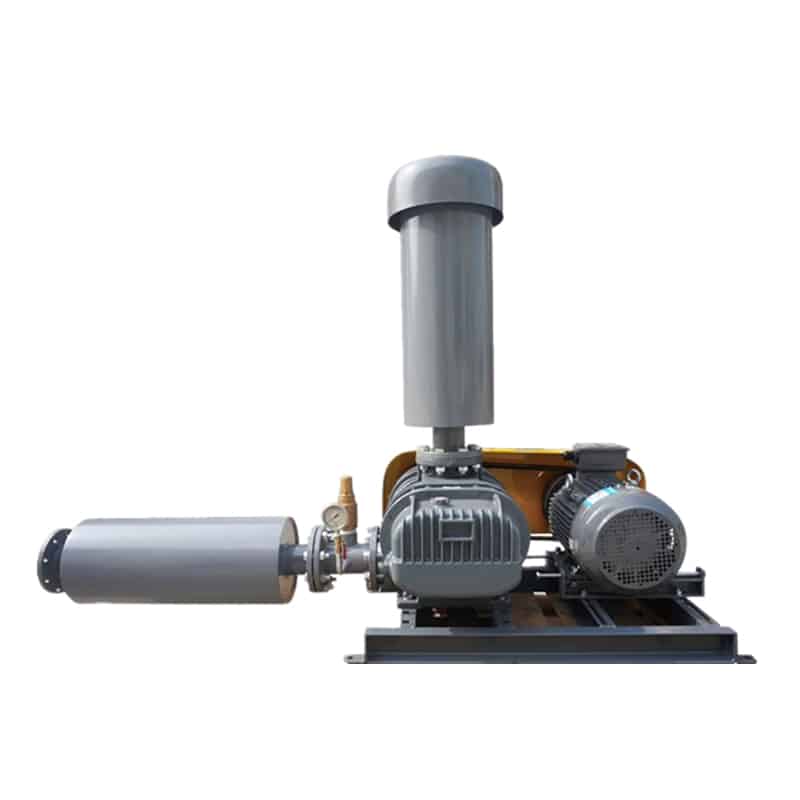
- Anaerobic Biological Treatment: In an oxygen-deprived environment, anaerobic bacteria are employed to break down organic matter, producing methane and carbon dioxide.
- Biofilters: Wastewater is passed through biofilter beds where attached aerobic or anaerobic microorganisms remove organic compounds and nitrogen.
Discharge: Treated effluent water can be safely discharged into natural water bodies, provided it meets environmental regulations.
What kind of effluent water needs to go through an ETP?
Effluent water that needs to go through an Effluent Treatment Plant (ETP) typically includes wastewater generated from various industrial processes and certain types of commercial activities. The need for ETP treatment depends on the nature of the effluent and local regulations. Here are some common types of effluent water that often require treatment through an ETP:
- Industrial Effluent: Wastewater generated by industrial facilities, such as factories, manufacturing plants, and chemical processing units, often contains various contaminants. These may include chemicals, heavy metals, organic compounds, and other pollutants specific to the industry. Industrial effluent usually requires treatment through ETPs to remove or reduce these contaminants before discharge.
- Chemical Manufacturing Effluent: Industries involved in chemical manufacturing and processing typically produce effluent water containing hazardous chemicals and byproducts. ETPs are essential in such cases to neutralize, detoxify, or remove these chemicals to prevent environmental contamination.
- Textile Industry Effluent: Textile manufacturing processes generate effluent water with dyes, chemicals, and other substances. ETPs are used to treat textile industry effluent to remove colorants and other pollutants before discharge.
- Food and Beverage Processing Effluent: The food and beverage industry generates effluent water containing organic matter, nutrients, and sometimes, food particles. ETPs are employed to treat this effluent to reduce organic load and prevent contamination of water bodies.
- Mining and Metallurgy Effluent: Mining and metallurgical operations produce effluent water containing heavy metals and other minerals. ETPs are needed to control the release of these substances into the environment.
- Pulp and Paper Industry Effluent: This industry generates effluent water with high organic content and chemicals used in the papermaking process. ETPs help in reducing the environmental impact of such effluent.
- Pharmaceutical Industry Effluent: Pharmaceuticals and biotechnology companies produce effluent water that may contain pharmaceutical compounds and other chemicals. ETPs are essential to remove or neutralize these substances.
Why is effluent water important?
Effluent water management is not only about environmental protection but also public health. Untreated effluent water can spread diseases, contaminate water sources, and harm aquatic ecosystems. Furthermore, harmful substances in effluent water can accumulate in the environment, affecting both humans and wildlife over the long term.
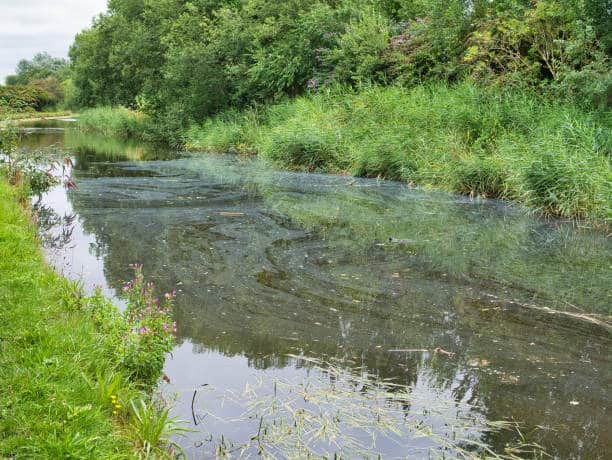
Summary
Therefore, understanding what effluent water is and how to manage it is crucial for safeguarding our environment and water resources. Through proper effluent water treatment and compliance, we can ensure that effluent water does not become one of the negative impacts on our planet. As individuals, we can also take actions like reducing household water waste to support sustainable effluent water management.
KUOSI provides wastewater treatment equipment such as filter presses, screw presses, paddle dryers, dissolved air flotation systems, bar screens, roots blowers, dosing systems, ozone generators, sodium hypochlorite generators and more. Welcome to contact us anytime.
